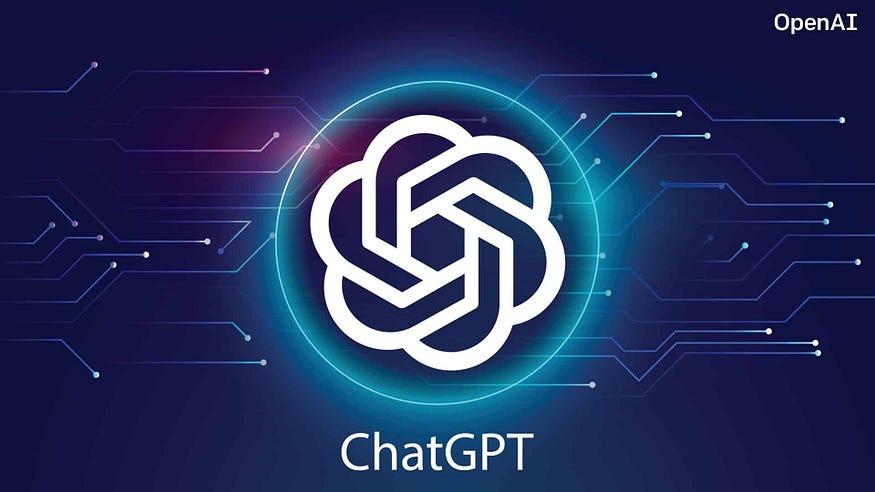The journey of managing cloud infrastructure using Terraform can seem overwhelming at first, but understanding the Terraform Lifecycle is a game-changer for anyone embarking on the HashiCorp Terraform Associate exam. In this post, we’ll break down the essential lifecycle stages and explain how they relate to both Infrastructure as Code (IaC) and Terraform’s inner workings.

What is the Terraform Lifecycle?
Terraform automates the creation, modification, and removal of resources, making it an invaluable tool for DevOps professionals. The Terraform Lifecycle refers to the various stages that a resource goes through during its management. These stages ensure your resources are not only created but also safely updated, modified, and destroyed.
Let’s dive into each stage and what it means in practice.
1. Create
The create phase is where Terraform provisions your resources, whether it’s virtual machines, networks, or any other cloud service. When you run terraform apply, Terraform reads your configuration files, compares them with the current state of the infrastructure, and then creates the resources defined in your plan.
2. Read
Terraform constantly needs to “read” the state of the infrastructure to understand its current configuration. The terraform refresh command helps in syncing Terraform’s state with the cloud provider’s actual state. This read-only action ensures Terraform is working with the latest data, reducing inconsistencies and errors.
3. Update
As cloud infrastructure evolves, so should your Terraform configurations. The update phase ensures that any changes made to the configurations are properly applied to the resources. Terraform does this by comparing the current state with the desired state, and applying any necessary changes to meet that state.
4. Delete
When resources are no longer needed, the delete stage is just as important as the creation phase. By using terraform destroy, Terraform will safely remove resources while managing any dependencies. This prevents accidental loss of infrastructure or violations of interdependencies.
5. Plan
The plan phase is arguably one of the most important features of Terraform. Before applying any changes, Terraform generates an execution plan, which outlines exactly what changes will be made. This phase helps you avoid unwanted changes and gives you the chance to review what’s about to happen.
Why Is the Terraform Lifecycle Important for the Terraform Associate Exam?
If you’re studying for the HashiCorp Terraform Associate exam, understanding the Terraform lifecycle is a must. The exam assesses your ability to manage infrastructure using Terraform, and knowing these lifecycle stages is crucial for making accurate decisions when working with Terraform in real-world scenarios.
Conclusion
Mastering the Terraform Lifecycle is fundamental to becoming proficient in Terraform. Whether you’re a beginner just starting or an experienced developer looking to get certified, understanding how Terraform handles the creation, reading, updating, and deletion of resources is a key concept. By ensuring that you grasp these stages, you’ll be well on your way to acing the HashiCorp Terraform Associate exam and optimizing your infrastructure management process.



